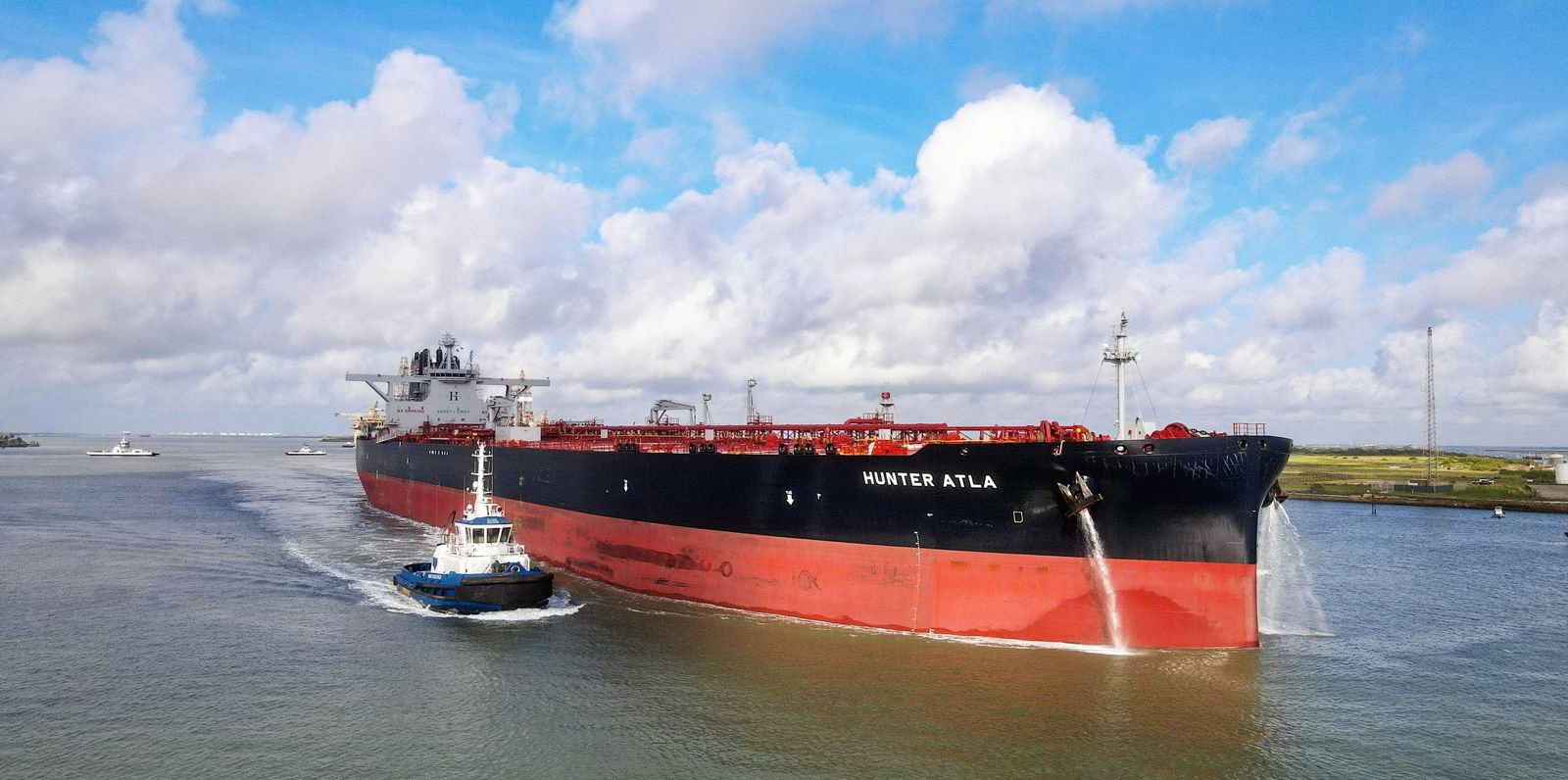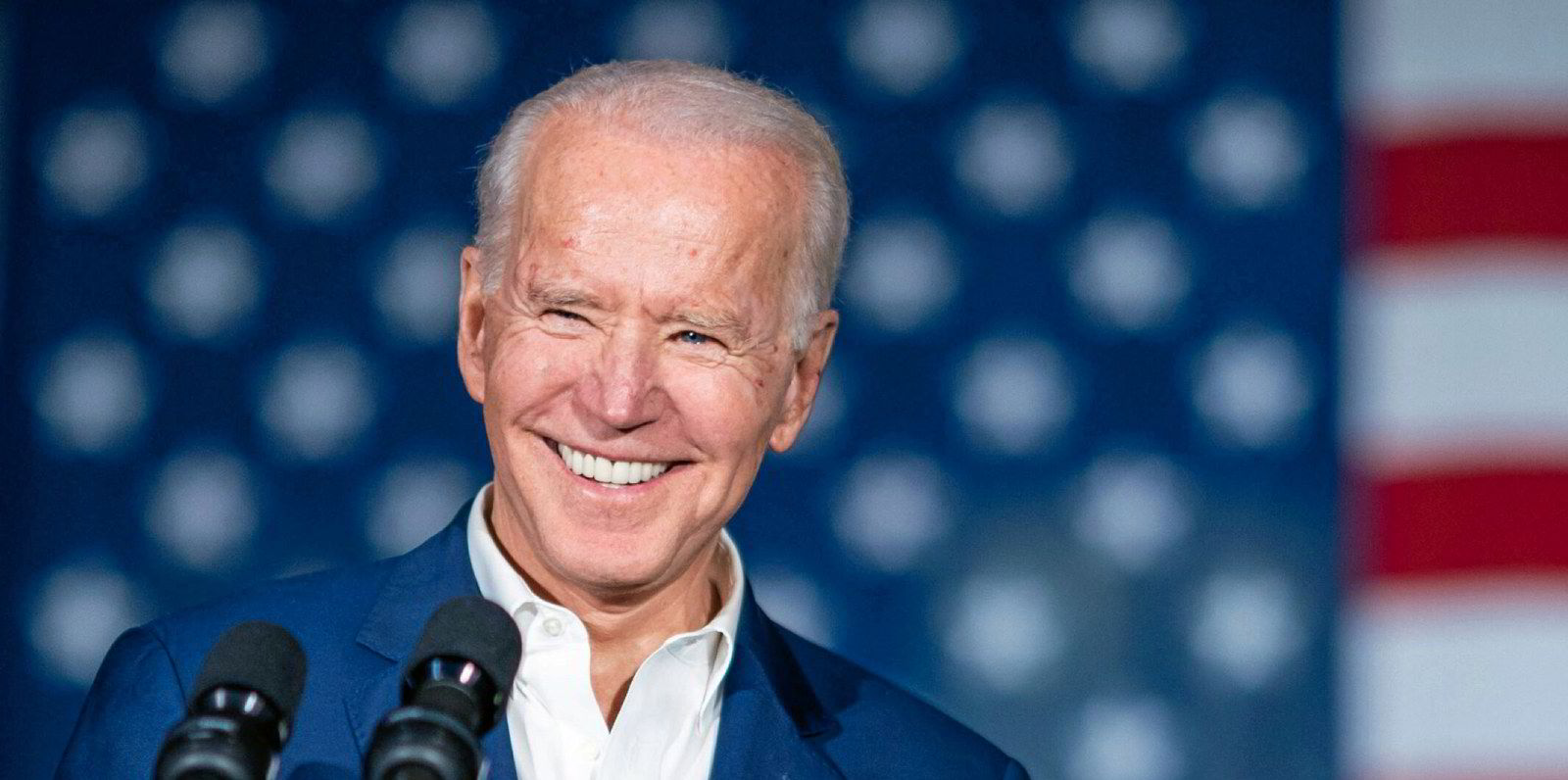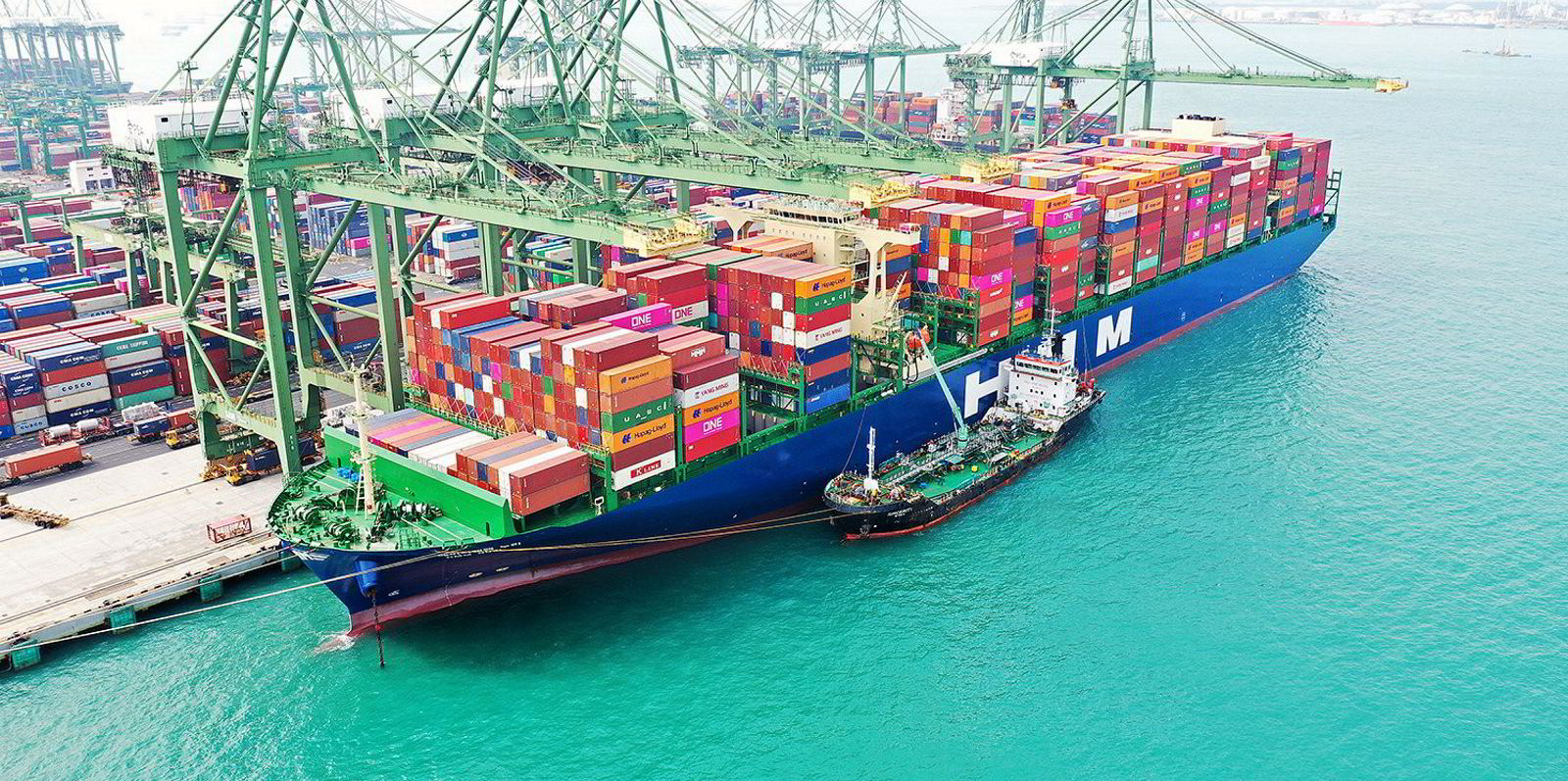The spot VLCC market is finally showing signs of life as shipowners start to hike rates on the back of more enquiries and higher bunker prices.
Brokers reported PetroChina’s shipping arm, Glasford, chartered Samos Steamship’s 298,000-dwt Kokkari (built 2008) and Maran Tankers Management’s 318,000-dwt Maran Lupus (built 2009) at Worldscale 40.
The vessels are on voyage charters from the Middle East Gulf (MEG) to Myanmar, with loading dates in early May.
TradeWinds has approached PetroChina and the ship operators for comment.
If confirmed, the deals would represent a rate hike of four WS points from the previous VLCC fixture in the MEG for a short eastern run.
The rate level is thought to reflect a risk premium as Myanmar descends into civic unrest after a military coup.
Blacklisted entities
The US and UK have blacklisted some military-linked entities and individuals in Myanmar but stopped short of sanctioning the country’s oil trade.
“VLCC rates have moved up slightly … But we need more,” said a commercial manager. “The hike is still pretty marginally at best right now.”
With increased bunker costs, more North Sea and US Gulf activity, and rising exports forecast from the MEG, market sources said charterers were finally willing to pay a bit more after weeks of rate weakness.
Jefferies assessed average spot VLCC earnings at $7,938 per day on Monday, up 2.9% on the level on 12 April.
“We saw some recovery last week, but the time charter equivalent level is still terrible,” said an Asian broker. “It is going to be interesting to see whether owners can maintain the current [upward] trend this week.”
Looking forward, the market focus is expected to stay on loadings from the MEG after the Opec+ promised a supply increase.
Raising crude output
Opec and its Russia-led allies have reportedly agreed to raise crude output by 600,000 barrels per day (bpd) next month, 700,000 bpd in June and 841,000 bpd in July.
With oil demand recovery appearing to be on track, Arctic Securities estimates global oil production will rise by about 4m bpd in the second half of this year on the first six months.
“While fleet capacity indeed has increased in the meantime, the volume increase should be sufficient to lift fleet utilisation to a level which will allow rates to start normalising,” the Norwegian investment bank said in a note.






